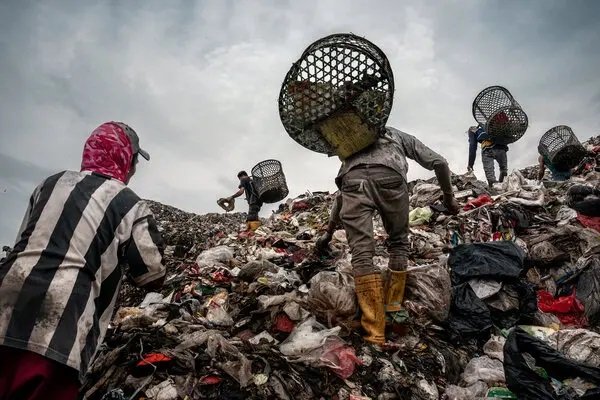
This blog post examines the latest innovations in recycled plastic materials, offering insights for eco-conscious consumers and sustainable brands. It highlights the impact of plastic waste, technological advancements, and inspiring case studies from pioneering brands. Readers will gain a clearer understanding of the challenges ahead and learn how they can contribute to a more sustainable future.
The Environmental Impact of Plastic Waste
Plastic waste is undeniably one of the most pressing environmental issues of our time. Each year, millions of tons of plastic enter our oceans, harming marine life and disrupting ecosystems. From tiny microplastics to vast floating garbage patches, the consequences of unchecked plastic waste are staggering.
Research shows that we produce about 300 million tons of plastic every year, with only a small fraction being recycled. Most plastics take hundreds of years to decompose, releasing harmful chemicals into the environment as they break down. The ubiquity of plastic waste goes beyond pollution—it poses a significant threat to biodiversity, wildlife, and even human health.
While these statistics can be overwhelming, they also underscore the urgent need for change. Innovations in recycling offer a path forward, transforming how we view and use plastic. By reimagining waste as a resource, we can significantly reduce the environmental footprint of this ubiquitous material.
Breakthroughs in Recycled Plastic Technologies
Recent years have seen remarkable advancements in recycled plastic technologies, including hip plastic material. These innovations are not just about turning old bottles into new ones; they’re about redefining what’s possible with recycled materials. One exciting development is chemical recycling, a process that breaks plastics down to their molecular level, allowing for greater versatility and reuse.
Chemical recycling differs from traditional mechanical recycling, which often degrades the quality of plastic over time. By returning plastic to its original monomers, chemical recycling can produce materials comparable to virgin plastic. This technology opens up a world of possibilities, from creating high-quality consumer goods to manufacturing durable industrial products.
Another breakthrough is the development of biodegradable plastics made from recycled materials. These plastics are designed to break down more quickly and naturally when exposed to environmental conditions. Innovations like these signal a shift towards a circular economy, where materials are continuously reused, reducing reliance on finite resources.
Consumer Perspectives and Behavior Shifts
Consumers are becoming increasingly aware of the impact their purchasing decisions have on the environment. This awareness is driving a shift towards sustainable consumption, with more people seeking products made from recycled materials. According to recent surveys, a majority of consumers are willing to pay a premium for eco-friendly products, reflecting a growing commitment to environmental stewardship.
This shift in consumer behavior is encouraging brands to adopt sustainable practices and innovate with recycled materials. The demand for transparency and authenticity has never been higher, pushing companies to align their operations with eco-conscious values. In turn, this pushes the boundaries of what’s possible with recycled plastics, fostering a culture of innovation and sustainability.
However, educating consumers remains crucial. Many people still hold misconceptions about recycled materials, often viewing them as inferior. By raising awareness and showcasing the benefits of recycled plastics, businesses can help reshape perceptions and drive demand for sustainable products.
Challenges and Future of Recycled Plastic Materials
Despite the promising advancements, challenges remain in the widespread adoption of recycled plastic materials. One significant hurdle is the economic viability of recycling processes, which can be costlier than producing virgin plastics. Additionally, the infrastructure for collecting, sorting, and processing plastic waste varies widely, affecting the efficiency and scalability of recycling efforts.
Quality control is another concern, as recycled materials must meet rigorous standards to compete with virgin plastics. Ensuring consistent quality requires investment in technology and collaboration across industries. Furthermore, regulatory frameworks must adapt to support innovation and incentivize the use of recycled plastics.
Looking ahead, the future of recycled plastic materials will depend on continued innovation and collaboration. By investing in research and development, fostering partnerships, and advocating for supportive policies, we can overcome these challenges. The potential for a more sustainable future is within reach, and it’s up to us—consumers, businesses, and policymakers—to seize it.
Conclusion
Now that we have explored the breakthroughs, consumer perspectives, and challenges surrounding recycled plastic materials, it is clear that this technology is a crucial part of building a more sustainable future. By embracing innovation and shifting our behaviors towards sustainable consumption, we can reduce pollution, conserve resources, and protect biodiversity.






